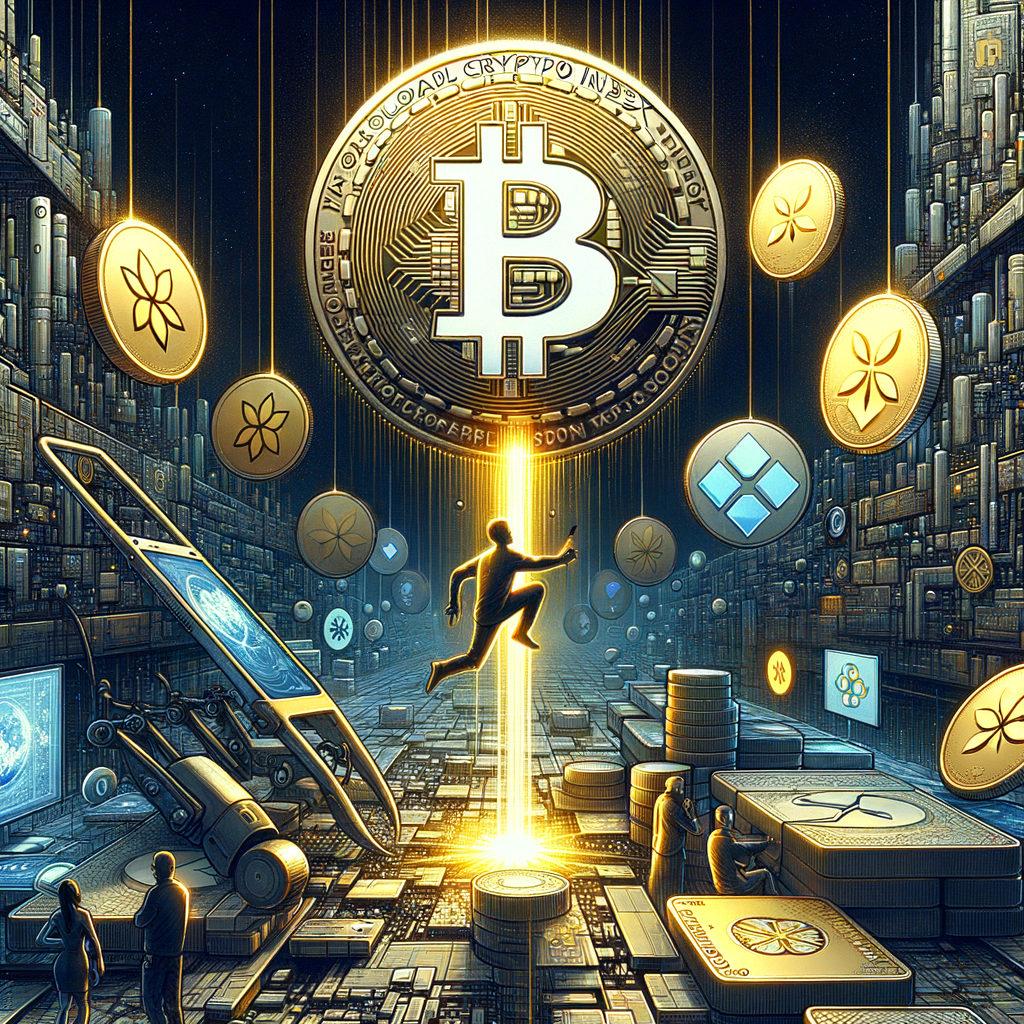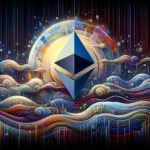Implications of HKVAC’s Global Crypto Index Update: SOL Overtakes XRP
In a move that has sent ripples through the cryptocurrency market, the Hong Kong Virtual Asset and Cryptocurrency Index (HKVAC) has announced a significant update to its Global Crypto Index. The index, which serves as a barometer for the health and performance of the digital currency market, has replaced Ripple’s XRP with Solana’s SOL. This change reflects the dynamic nature of the crypto landscape and underscores the growing influence of emerging blockchain platforms.
The inclusion of SOL over XRP is a testament to Solana’s impressive growth and the increasing confidence investors have in its technology. Solana has been lauded for its high throughput and low transaction costs, which have positioned it as a strong competitor to Ethereum, especially in the realm of decentralized finance (DeFi) and non-fungible tokens (NFTs). Its proof-of-history (PoH) consensus mechanism has set it apart, offering a unique solution to the blockchain trilemma of achieving decentralization, security, and scalability.
The shift in HKVAC’s index composition is not just a mere change in rankings; it signifies a broader trend in the crypto ecosystem. As the market matures, investors are becoming more discerning, seeking out platforms that offer robust technology and real-world applications. Solana’s rise in the index is indicative of its potential to capture a significant share of the market, particularly as developers and users seek alternatives to Ethereum’s higher fees and slower transaction times.
The decision to replace XRP with SOL may also be influenced by the ongoing legal challenges faced by Ripple. The U.S. Securities and Exchange Commission’s lawsuit against Ripple Labs, alleging that XRP was sold as an unregistered security, has cast a shadow over the asset’s future. While the outcome of the case remains uncertain, the controversy has undoubtedly affected investor sentiment and possibly contributed to HKVAC’s reassessment of XRP’s standing in its index.
For Solana, the inclusion in HKVAC’s Global Crypto Index is a significant milestone. It not only validates the project’s technological advancements but also enhances its visibility among institutional and retail investors. As the index is widely followed by investors around the globe, SOL’s presence could lead to increased liquidity and further adoption of the Solana blockchain.
Moreover, this update reflects the broader implications for the cryptocurrency market. It highlights the importance of innovation and adaptability in a rapidly evolving industry. Cryptocurrencies and blockchain projects that can demonstrate practical utility, scalability, and a strong user base are more likely to gain prominence and attract investment.
The optimism surrounding Solana’s inclusion in the index is palpable. It suggests a bright future for cryptocurrencies that prioritize efficiency and user experience. As the industry continues to grow and attract mainstream attention, the composition of indices like HKVAC’s will likely continue to evolve, reflecting the ever-changing landscape of digital assets.
In conclusion, HKVAC’s update to its Global Crypto Index, with SOL overtaking XRP, is a significant development that underscores the dynamic and competitive nature of the cryptocurrency market. It reflects the industry’s ongoing search for innovative solutions and the shifting preferences of investors. As Solana takes its place among the top-ranked digital assets, the crypto community watches with anticipation to see how this change will influence the trajectory of both Solana and the broader digital asset ecosystem.
Analyzing the Shift in HKVAC’s Crypto Index: The Rise of Solana and the Fall of Ripple
In a move that underscores the ever-evolving landscape of the cryptocurrency market, the Hong Kong Virtual Asset Consortium (HKVAC) has announced a significant reshuffle in its Global Crypto Index. The consortium has decided to replace Ripple’s XRP with Solana’s SOL, marking a pivotal shift in the industry’s recognition of emerging blockchain technologies.
The decision by HKVAC to recalibrate its index is a reflection of the changing tides in the crypto space. XRP, once a mainstay in the top echelons of the market, has faced a series of legal challenges that have somewhat tarnished its appeal to investors. The ongoing lawsuit with the U.S. Securities and Exchange Commission (SEC) has cast a shadow over Ripple, leading to increased caution among institutional investors. Despite Ripple’s strong partnerships and its utility in cross-border payments, the legal uncertainties have inevitably affected its standing within the HKVAC’s index.
On the flip side, the inclusion of Solana heralds the rise of a new contender in the crypto arena. Known for its impressive scalability and speed, Solana has been making waves as a potential Ethereum competitor. With a high-throughput blockchain capable of processing thousands of transactions per second, Solana offers a compelling use case for decentralized applications (dApps) and decentralized finance (DeFi) platforms. Its proof-of-history (PoH) consensus mechanism is a novel approach that has garnered attention for its efficiency and reduced energy consumption, aligning with the growing demand for sustainable crypto solutions.
The optimism surrounding Solana is palpable, as the platform continues to attract developers and users alike. Its ecosystem has seen exponential growth, with numerous projects choosing to build on its blockchain due to its lower transaction costs and latency. This surge in adoption is a testament to the confidence the crypto community has in Solana’s technology and its potential to reshape the digital asset landscape.
The HKVAC’s index revision is not just a mere administrative update; it is indicative of a broader trend where newer blockchain projects are gaining legitimacy and challenging the status quo. As the crypto market matures, indices like HKVAC’s serve as barometers for the industry’s health and direction. They provide investors with a snapshot of where the smart money is moving and which technologies are poised for growth.
The replacement of XRP with SOL in the HKVAC’s Global Crypto Index may also signal a shift in investor sentiment. While XRP remains a significant player, the rise of Solana suggests that investors are increasingly looking for innovation and performance. The ability of a blockchain to offer scalability, speed, and cost-effectiveness is becoming more critical than ever, especially as the industry moves towards mainstream adoption.
In conclusion, the HKVAC’s update to its Global Crypto Index is a clear indication of the dynamic nature of the cryptocurrency market. As Solana ascends to take its place among the top digital assets, it reflects the industry’s readiness to embrace new technologies that promise to advance the sector. While Ripple’s XRP has faced its challenges, the inclusion of Solana is a positive sign that the crypto ecosystem continues to innovate and evolve. This optimism is not just about one blockchain’s potential but about the future of cryptocurrencies as a whole, as they become an integral part of the global financial system.







